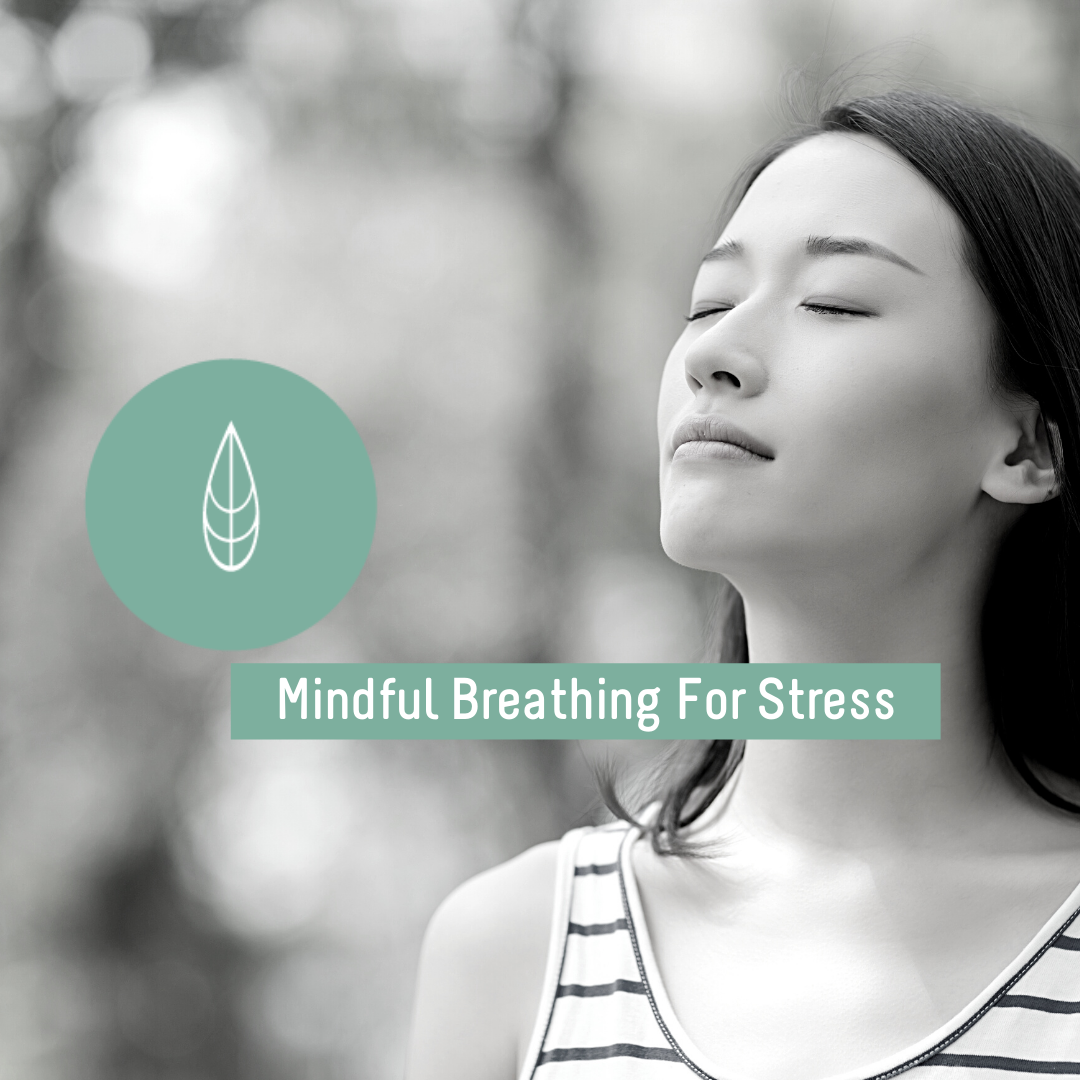
Stress is natural. In fact, it’s so natural that it’s what has kept humans alive for millions of years. It’s an inherent part of our human existence.
The symptoms we perceive as stress today are really symptoms of our fight-or-flight response, which is a survival mechanism that has evolved in humans over millions of years. Our fight-or-flight response is what allows us to react quickly to life-threatening situations. When a person is facing a threat, a rapid sequence of hormonal changes occurs, and the subsequent physiological responses help us to either fight the threat or flee to safety.
Today, the things that trigger our fight-or-flight response are not usually as immediately life-threatening as they might have been millions of years ago—think less carnivorous animals, natural disasters or enemy tribes and more impending deadlines, traffic jams and family strains. But regardless of the threat, stress manifests in the same physiological ways. We may feel short of breath or start to sweat. Our muscles may tense up and our energy levels may fluctuate. And in the long term, if we don’t address them, these symptoms can have real, negative impacts on the state of our mental and physical health.
The Dichotomy of the On-or-Off
In today’s world, we tend to celebrate those who work more, do more and restless. It has become somewhat of a badge of honour to be busy and to lack time for recreational activities. Somewhere along the recent centuries of our societal evolution, we began equating success with unrealistic levels of personal sacrifice, and that’s a lot of pressure for all of us.
Beyond that, political & racial environments across the world are troubling. A health pandemic has swept the globe, and each and every one of us has had to adapt our daily routines to continue making our livings. For many of us, the combination of all these factors is overwhelming and can influence us to choose to flee from the situations that are causing us stress. In fact, this state of overwhelm can cause us to turn off completely. This coping mechanism, triggered by our fight-or-flight response, inspires detachment.
The problem with this detachment from stress is that while the brain’s fight-or-flight response may help us escape from feelings of anxiety and stress, it also prevents us from feeling emotions like joy, love and tranquillity. This kind of emotional shutdown leaves us feeling numb, and ultimately causes us to experience life passively.

Mindful Breathing Meditation for Stress Relief
There is a beautiful middle—or higher—ground in our conscience, where we can fend off the feelings of overwhelm while still welcoming feelings of joy and calm. This higher ground can be found through exercising a very simple skill, which we too often overlook.
Our breath.
With guided meditations and breathing exercises, we can actually use our breath to strengthen our mental, physical and emotional health. There are tools found within our breathing patterns that can allow us to release the symptoms of stress without numbing the positive feelings that life brings us every day. The best part is that the practice of mindful breathing is incredibly simple and intuitive once you get started.

How to Practice Mindful Breathing Meditation
The key to mindful breathing meditation is focus. Through daily practice, even short periods of meditation will train your mind to better cope with overwhelming stress. While meditating, you focus on your breath and allow thoughts, feelings and emotions to appear as they naturally do. However, as you acknowledge those thoughts, your focus remains on your breath.
Practicing mindful breathing meditation in the long term trains the brain to better balance excessive mental stimuli, avoiding the fight-or-flight shutdown. Focusing solely on the breath, even for a short moment every day teaches our body how to focus on positivity, even in times of overwhelm and stress.
In your Mindful Breathing Meditation practice, you really only need to consider the following:
Your posture & environment
- In a peaceful, quiet space, keep your back straight and your muscles relaxed. Keep your body erect to remain conscious and maintain focus. Natural compounds found in green teas can help you ground yourself and get the most out of your meditation session.
Your breath
- Think about the way your breath feels when you’re about to fall asleep, or when you’ve just woken up. Take note of the length of your breaths. Breathe in through your nose and out through your mouth. At the peak of your meditation, your breaths should be deep and relaxed.
Your thoughts
- Allow each thought and feeling to come and pass. But keep your focus on your breath. Welcome feelings of calm and tranquility that come along with the resulting relaxation.

Many online resources like podcasts and apps exist to guide you through breathing meditation, but they are not necessary for this simple practice. Helpful resources may include:
- Health & wellness podcasts like The OneMind Podcast with Morgan Dix
- Books about mindfulness and meditation, like How to Meditate: A Practical Guide to Making Friends with Your Mind by Pema Chödrön
- Health & wellness apps like Headspace or Calm
